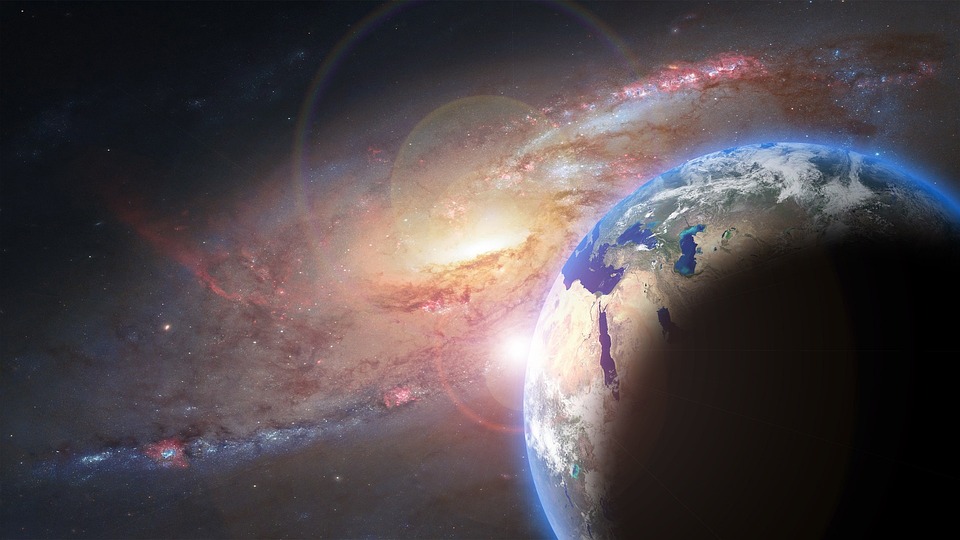Forged in Fire: The Role of Volcanic Activity in Earth’s Formation and Future
Image: [A captivating image illustrating the fiery power and majestic presence of a volcano in action, smoke billowing into the atmosphere, under a dynamic sky.]
Volcanic activity has been a fundamental geological process since the birth of our planet, shaping the Earth’s crust and impacting the atmosphere and climate. In the "forged in fire" reality of Earth’s early days, volcanism laid the groundwork for the world as we know it. This dynamic force continued to drive the evolution of landscapes, ecological systems, and the atmospheric composition. Today, it not only remains central to understanding our planet’s past but also its potential future.
Earth’s Formation: A Planet Forged in Fire
The tumultuous beginning of our planet is intimately tied with volcanism. Around 4.5 billion years ago, the young Earth was caught in a constant cycle of creation and destruction. The planet faced incessant meteorite impacts, intense heat, and matter from countless celestial bodies—the ingredients that baked together to form our world. Roiling magma oceans, driven by intense gravitational energy, churned beneath a nascent crust. Volcanic eruptions transformed atmospheric conditions, belching out gases that slowly accumulated to form a primordial atmosphere ripe for water vapor to condense into oceans, and later, life.
Shift in Landscapes and Life
Throughout Earth’s geological history, volcanic activity has been pivotal in the shaping of landscapes. Monumental flows of lava over millennia created vast plains and towering mountain ranges and colossal calderas that now brim with life-giving waters. Even islands, like the Hawaiian archipelago, owe their origins to the fiery birth from underwater volcanic eruptions and the unstoppable force of tectonic plates.
As these landscapes evolved, volcanic activity lent itself to supporting life. The nitrogen-rich ejecta from ancient eruptions bolstered the fertility of the soils, contributing to lush floral biodiversity. Additionally, by spewing out a range of gases including carbon dioxide, sourced volcanic activity played its part in regulating the Earth’s temperature and maintaining climatological homeostasis essential for life.
Volcanic Influence on the Atmosphere and Climate
Volcanic outgassing has been a primary architect in the shaping of Earth’s atmosphere, particularly in its early stages. The release of water vapor, carbon dioxide, methane, and ammonia was critical in developing a temperate climate, potentially fostering conditions that may have encouraged the rise of early life forms. It’s also worth noting that volcanic aerosols from substantial eruptions have, at times, resulted in short-term global cooling (volcanic winters), underscoring their climatic influence.
Volcanism and Life-Sustaining Resources
Volcanic activities are responsible for the creation of numerous valuable resources. It is no coincidence that popular fertile hotbeds are underlain by ancient volcanic rocks rich in minerals and nutrients. The same processes that create spectacular eruptions and hazardous flows lead to the formation of large deposits of precious metals, including gold and copper, which have been essential to human technological and economic development.
The Uncertain Future: Volcanoes in the Anthropocene
As humankind advances further into the Anthropocene epoch, it is crucial to monitor and study the behavior of our planet’s fiery giants. Increasing parallels between the past and potential future scenarios spotlight the need to manage and adapt to the changes volcanic activity may bring to our already shifting climate and landscapes.
Understanding the elaborate dynamics of past eruptions will assist us in predicting future events and provide a clear trajectory for future geological study. In this light, the role of volcanism in Earth’s formation and its implication in our collective future remains a field ripe for exploration by those enthralled by the "forged in fire" narrative of our world.
Frequently Asked Questions (FAQs)
Q: How has volcanic activity contributed to the formation of Earth’s atmosphere?
A: Volcanic activity during Earth’s early history was responsible for the outgassing of various gases, including water vapor, carbon dioxide, methane, and ammonia. Over billions of years, this process led to the formation of a temperate atmosphere suitable for life.
Q: Can volcanic eruptions affect global climate conditions?
A: Yes, significant volcanic eruptions can issue aerosols into the atmosphere, which may lead to short-term global cooling phenomenon, pushing the Earth toward a ‘volcanic winter.’ However, substantial and consistent emissions of greenhouse gases like carbon dioxide can contribute to long-term warming trends.
Q: How do volcanic eruptions influence the formation of fertile lands?
A: Volcanic eruptions release an abundance of nutrients through ejecta. The creation of volcanic soils rich in minerals enhances the fertility of the land, potentially supporting great biodiversity and bearing a profound impact on agricultural productivity.



